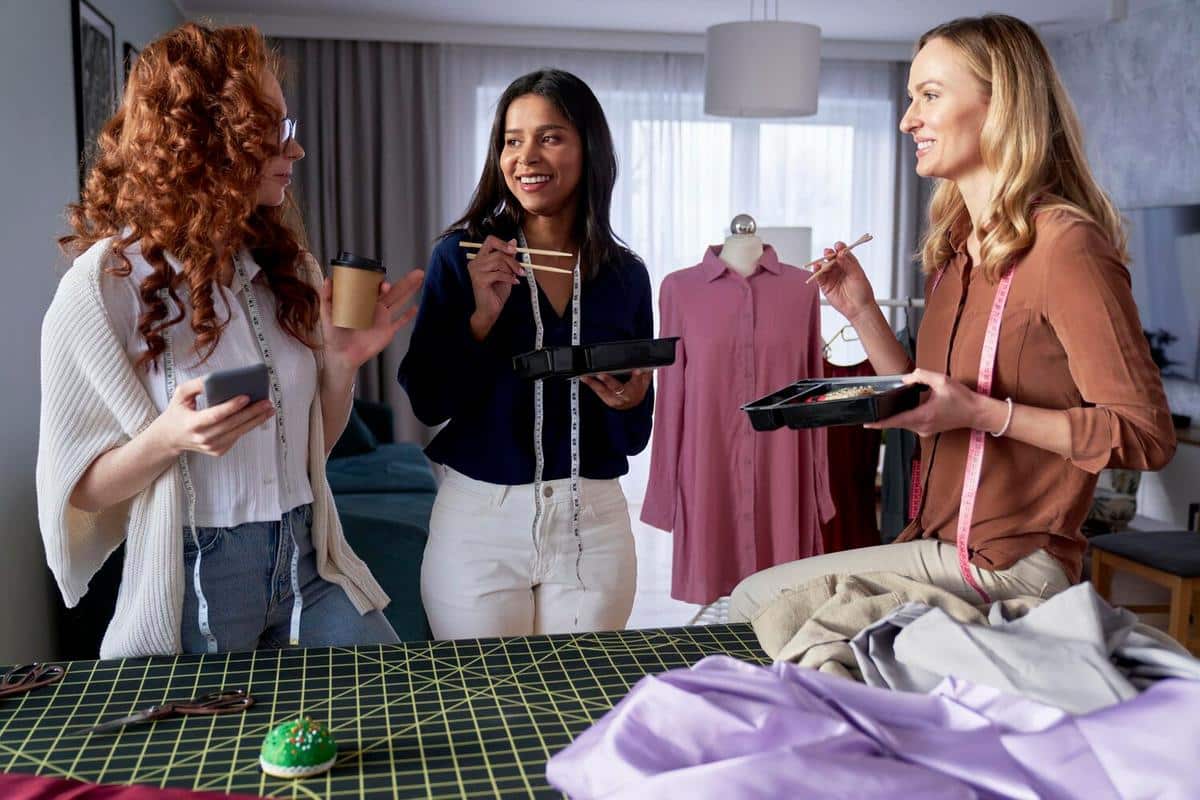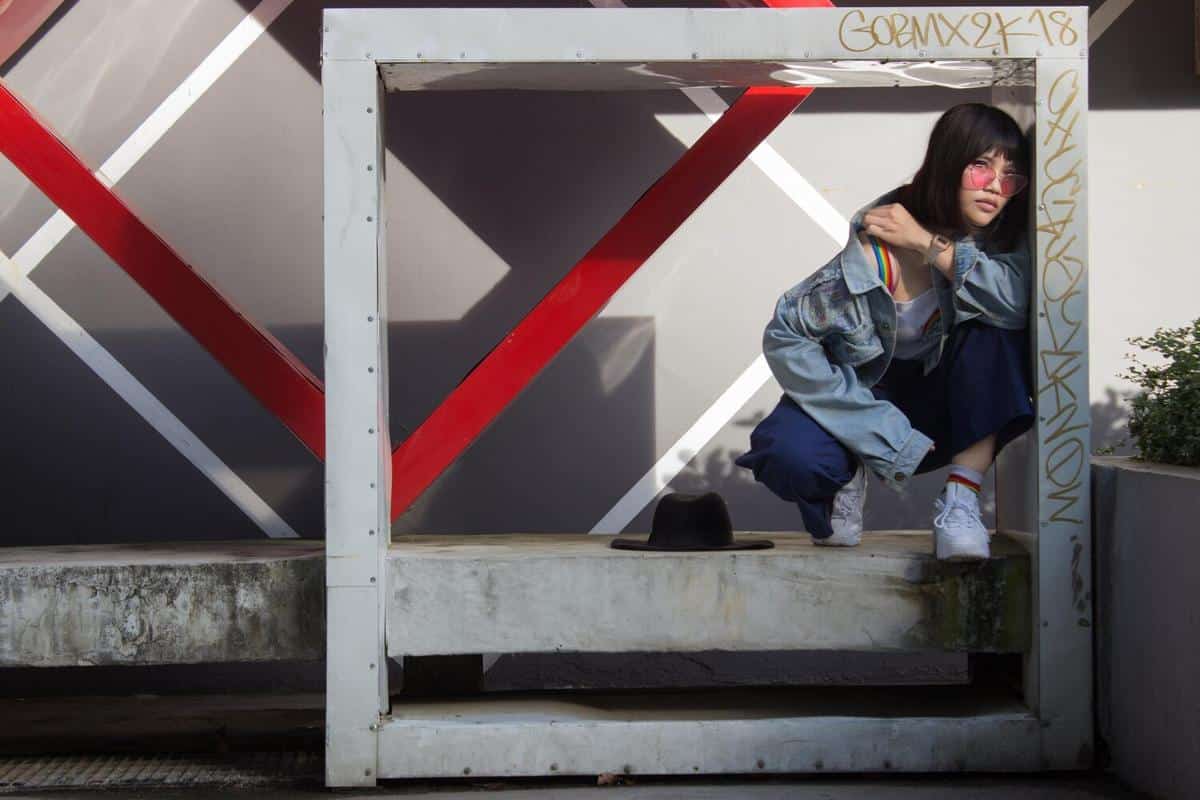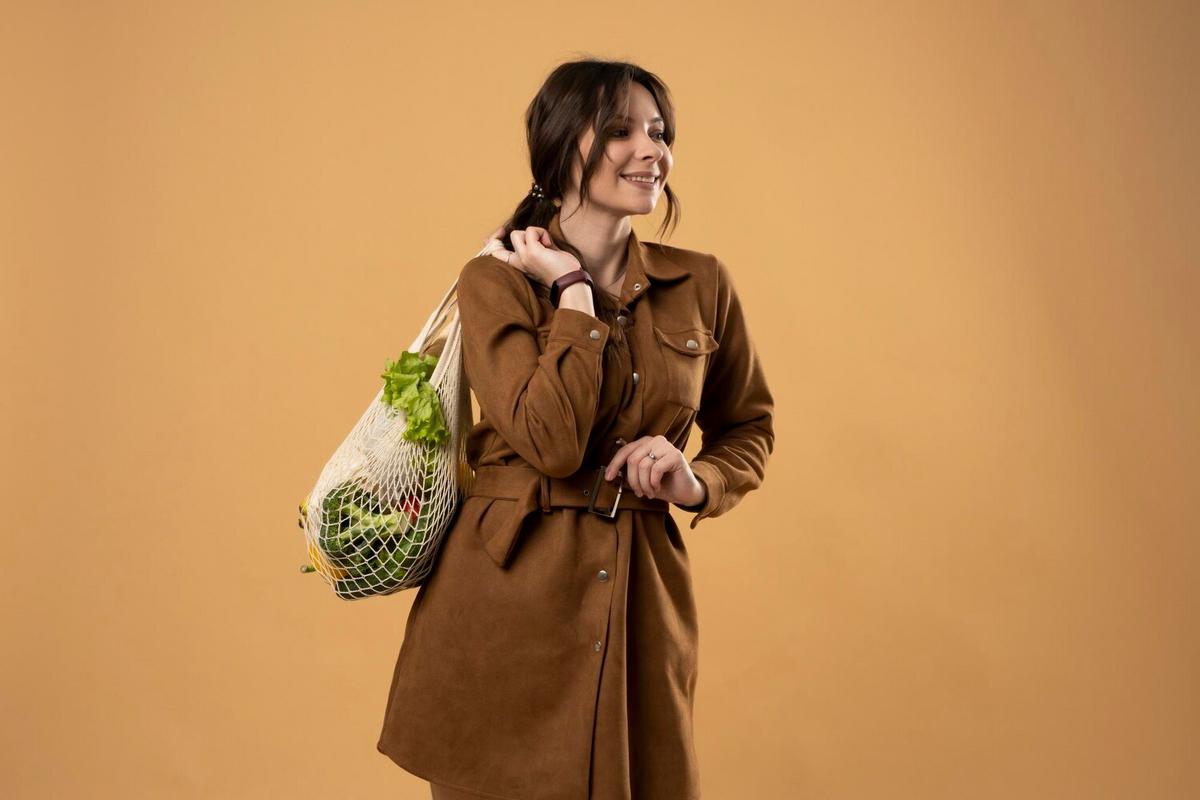
The Power of Influencers in the Fashion Industry
Fashion influencers have revolutionized the way brands connect with consumers, reshaping the landscape of marketing in this dynamic industry.
The fashion industry has seen a dramatic shift in how trends are set and brands are promoted, thanks to the growing influence of social media influencers. These individuals, with their unique styles and large followings, have become key players in marketing strategies for fashion brands.
The Role of Influencers
Influencers hold the ability to reach vast audiences, often surpassing traditional advertising methods. According to a study by Influencer Marketing Hub, the industry is expected to grow to approximately $21 billion in 2023. This growth is fueled by the authentic connections influencers create with their audiences, offering brands a direct line to potential customers.
Expert Opinions
Marketing expert Amanda Russell notes, “Influencers are not just promoters; they are content creators who understand their audience intimately.” This insight highlights why influencers are integral to brand storytelling in the fashion sector.
Statistics and Research
Data from Statista reveals that 70% of teenagers trust influencers more than traditional celebrities. This trust translates to engagement and conversions, making influencers a powerful marketing tool.
Personal Experience
Consider the case of Emma, a budding fashion blogger who started by sharing her daily outfits. Her relatable style and genuine personality attracted a loyal following, leading to collaborations with several fashion brands. Emma’s journey underscores the potential for influencers to grow organically and make significant impacts.
Actionable Tips for Brands
- Identify the Right Influencer: Align your brand with influencers whose style and values match your own.
- Engage Authentically: Encourage influencers to share genuine experiences with your products.
- Track and Measure Success: Use analytics to assess the effectiveness of influencer partnerships.
Comparing Influencer Types
| Type | Audience Size | Engagement Rate | Cost | Authenticity | Niche Focus | Reach | Example Platforms |
|---|---|---|---|---|---|---|---|
| Micro-Influencers | 1k-100k | High | Low | High | Yes | Low | Instagram, TikTok |
| Macro-Influencers | 100k-1M | Moderate | Moderate | Moderate | No | High | Instagram, YouTube |
| Mega-Influencers | 1M+ | Low | High | Low | No | Very High | Instagram, YouTube |
| Celebrity Influencers | 5M+ | Lowest | Very High | Lowest | No | Extremely High | Instagram, Twitter |
Frequently Asked Questions
How do influencers impact fashion trends?
Influencers often drive trends by showcasing new styles and brands to their followers, who then adopt these trends.
Why are micro-influencers effective?
Micro-influencers tend to have a higher engagement rate and a more targeted audience, making their recommendations feel more personal and trustworthy.
What platforms are most popular for fashion influencers?
Instagram and TikTok are currently the most popular platforms, due to their visual nature and vast user base.
In conclusion, influencers wield significant power in the fashion industry, offering brands innovative ways to connect with their audience. By understanding the dynamics of influencer marketing, fashion brands can craft effective strategies that resonate with consumers. As you explore these strategies, keep in mind the importance of authenticity and alignment with the right influencers to maximize impact.


